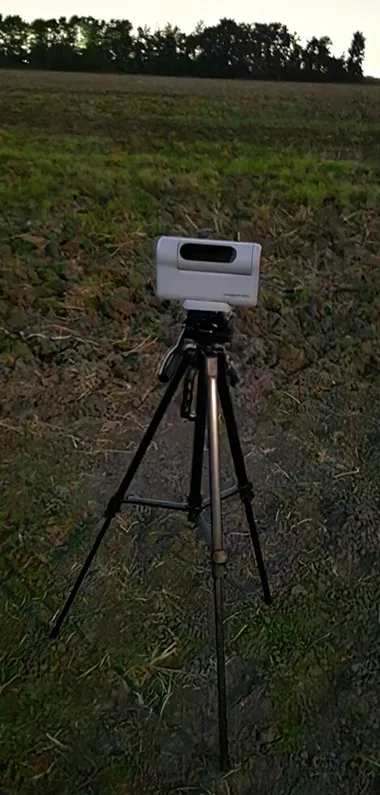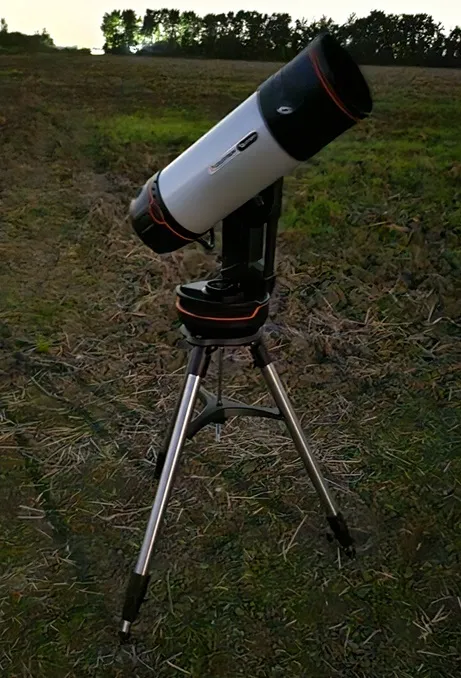I've always looked up at the stars. When I go out of the city on a moonless night, far from light pollution and see them fill the sky, it still takes my breath away.
Looking at pictures on the interwebs of astronomical objects in the sky, shows me how much our eyes are limited. Even with the aid of a traditional telescope you are very limited. All those colors are there, but you don’t perceive them all because of the biology of the human eye.
Working from a typical backyard, where it is often even more difficult to see due to obstacles such as houses, trees, and lamp posts, this translates into an actual reduction in the brightness limit of observable objects. Traditional telescopes cannot see without photography.
The solar eclipse of April 8th 2024 was a perfect excuse for me to purchase a smart telescope. Using a smart telescope is a kind of live astrophotography. Instead of an eyepiece, this telescope has a built-in camera with electronic image enhancement. This whole system is much more sensitive than the human eye at the same diameter. In addition, this combination takes photos according to the ‘ready while you wait’ principle. The secret behind this is ‘live stacking’ of photos, for example, every 10 seconds. After 10 minutes, a crystal-clear image appears on the smartphone or tablet, which is used as the ultimate remote control.
So I started with a Dwarf II smart telescope, because you can image the Sun as well as the night sky.

During, the Solar Storm of May 5th, I found out that a typical cell phone can take awesome pictures of aurorae while Gimli, as my Dwarf came to be known, saw aurorae as clouds and wouldn't image anything.
Objects like the Andromeda galaxy, Orion nebula and of course the Sun & Moon were the simplest objects to image. When you want to see fainter and smaller objects, you have to point at the same object all night and after you need to do some post processing with additional software. Gimli gave me some incredible images. I spent many sleepless nights hunting for a picture of one object at a time all with mixed results.
Sleep deprivation and yearning for something faster led me to recently get the Celestron Origin Intelligent Home Observatory. It of course became Legolas because he is fast. I can get more images in one night AND all I have to do is set up a schedule to take them all while I sleep.

At any rate, here is a sample of what's lurking in the night sky.
ATIEAA Images
